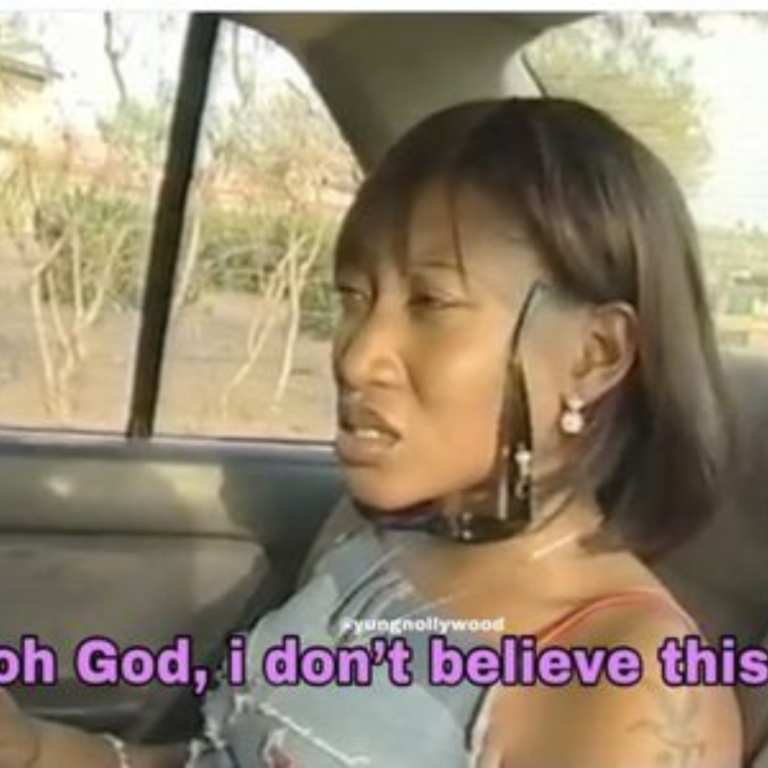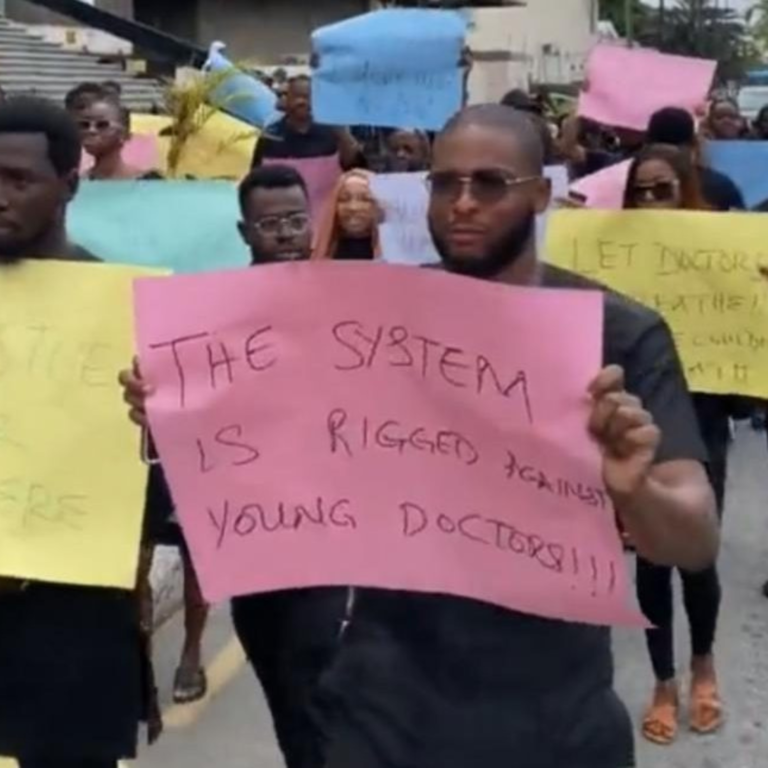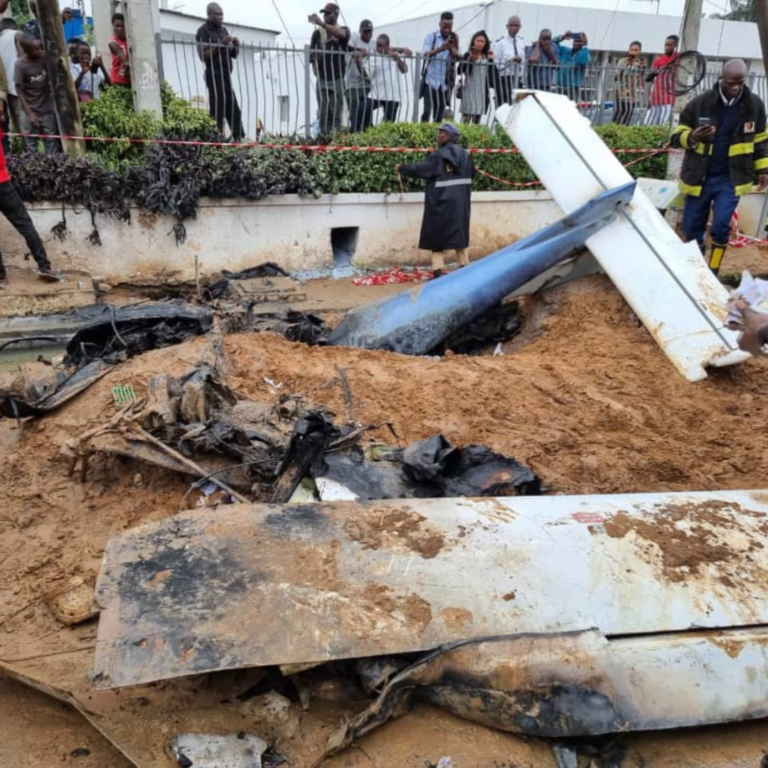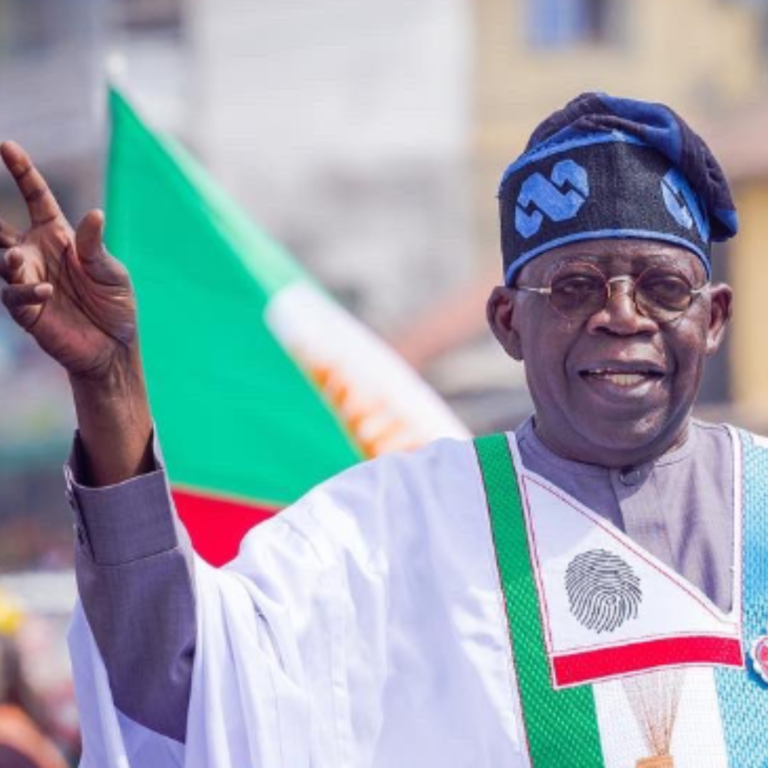Nigeria has 774 local government areas across 36 states.
In this article, we will be looking at the largest local government areas in Nigeria with respect to the landmass.
Borgu, Niger state
This Local Government Area (LGA) with a landmass of 11,782 square kilometres was formerly part of Kwara state until August 27, 1991, when it was transferred to Niger state. According to the 2006 census, the LGA has a total population of 171,182 people of mixed ethnicities such as Yoruba, Fulani, Hausa, Kambari, Laru, Nupe, Hausa, Lopa, Igbo and Bokobaru, among others.
This local government also houses a section of the Kainji National Park called the Borgu Game Reserve.
Toro, Bauchi state
This local government has a land mass of 6,932 square kilometres and a population of 350,404. The primary occupation here is farming, with onions and potatoes produced in large quantities. There is also a rich mix of ethnic groups, such as Fulani, Hausa, Duguza and Kaiwari, among others, but the major language spoken by the people is Fulfulde.
Kachia, Kaduna
Kachia has a landmass of 4,632 square kilometres and a population of 252,586. Although it is a predominantly Christian community, Islam and traditional religions are also practised. The major export of this LGA is ginger, but it also produces corn, millet and sorghum. The ethnicities in the LGA are Adara, Gbagyi, Ham, Hausa, Tinor-Myamya, Bajju, and Bakulu.
Kurmi, Taraba
Kurmi was created in October 1996 and has a landmass of 4,353 square kilometres. This LGA has a population of 143,600, and the major ethnic groups are Ndola, Tigun and Itchen. Kurmi is also a significant timber producer and other cash and food crops such as banana, cocoa, palm trees, cocoyam, groundnuts and maize.
Karo, Nasarrawa
Karo has a landmass of 2,640 square kilometres and a population of 205,477. It was initially built to house civil servants and lower-class families. The towns and communities in this LGA are New Karo, Masaka, New Nyanya, Ado, Kuruduma, and Maraba towns.
Kebbe, Sokoto
Kebbe has a landmass of 2818 square kilometres and a population of 124,658. The major communities that make up this local government are Ungushi, Kebbe-East, Kebbe-West, Girkau, Fakku, Nasagudu, Zugu, Jabga, Budun, Dukura, Kuchi, Sangi, and Margai I and II.
Dekina, Kogi
Dekina LGA was created from the former Igala local authority, and it has a landmass of 2461 square kilometres and a population of 260,968.
Guri, Jigawa
This local government has a landmass of 1,060 square kilometres and a population of 115,018. The major language spoken here is Bade.
Maiyama, Kebbi
Maiyama has a landmass of 1028 square kilometres and a population of 175,686. The primary economic activities of people in this LGA are farming, hunting and blacksmithing. Also, Hausa and Fulfulde are the major languages in this area.
Nguru, Yobe
This local government, with a landmass of 916 square kilometres, is one of Nigeria’s significant producers of gum Arabic. Its population is 150,632, primarily members of the Kanuri, Bedde and Manga ethnicities. The major languages spoken in the LGA are Kanuri and Hausa.
If you want to know more about the functions of a local government, you can do so here.






